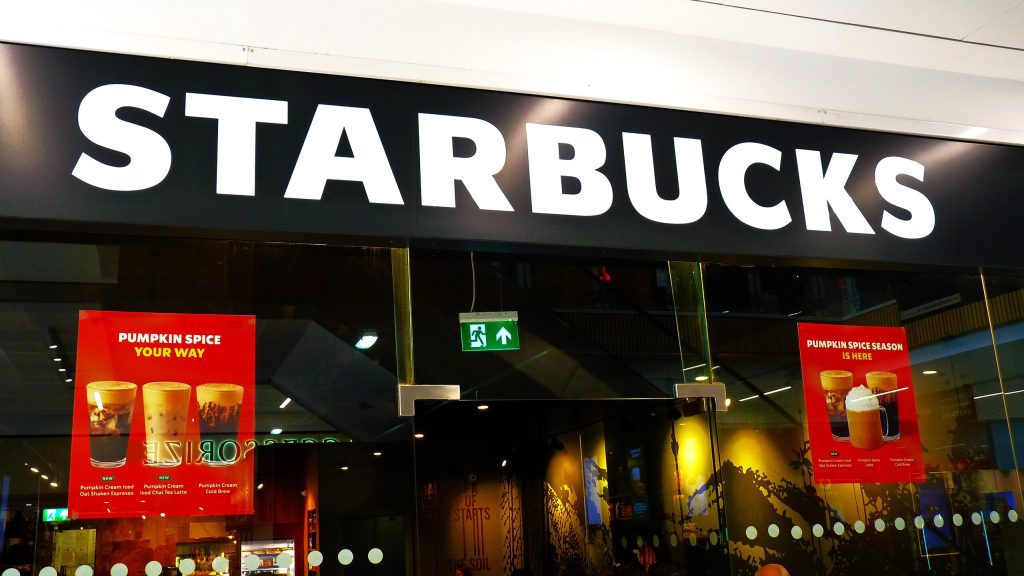The Beginning at Pike Place Market (1971)
In the spring of 1971, at Seattle’s Pike Place Market, three men—Jerry Baldwin, Gordon Bowker, and Zev Siegl—opened a small shop with the sign: Starbucks Coffee, Tea, and Spices. The logo featured a brown circle and a twin-tailed siren.
At first, Starbucks didn’t sell brewed coffee. Instead, it offered premium beans, grinders, and brewing equipment. Their philosophy: “If people truly know the taste of coffee, they can brew it at home just as well.”
A Chance Encounter: Howard Schultz Walks In
Nearly a decade later, a young sales director for a coffee machine importer named Howard Schultz walked into the store. The aroma of freshly roasted beans and the sight of customers scooping coffee into brown paper bags left him captivated. He thought: “This brand has something special.”
By 1982, Schultz had joined Starbucks as Marketing Director. But his real epiphany came in 1983 on a trip to Milan, Italy, where he experienced cafés as more than coffee shops—they were social rituals. Baristas called customers by name, creating a sense of belonging. Coffee wasn’t just a drink; it was a daily ceremony.
The Birth of the “Third Place”
Back in Seattle, Schultz urged the founders:
“Selling beans isn’t enough. People want a place. Not home, not work—but a third place in between.”
But Baldwin resisted: “We are a coffee bean company, Howard. Becoming cafés will make us lose our essence.”
Schultz left and founded Il Giornale in 1985, inspired by Italian espresso bars. Lines formed daily outside his café. Then, in 1987, the Starbucks founders decided to sell. Schultz rallied investors, acquired the brand, and began expanding Starbucks under his vision of the third place. At the time, Starbucks had just six stores.
Going Public and Going Global
In 1992, Starbucks went public on NASDAQ. Schultz told his team:
“We may sell coffee, but what we’re really selling is the warmest moment of someone’s day.”
Expansion accelerated. By 1996, Starbucks opened its first overseas store in Tokyo, Japan, followed by rapid entry into China and beyond. Coffee was no longer just a beverage—it was becoming a global culture.
The Crisis of 2008 and Schultz’s Return
But growth came at a cost. In 2008, during the financial crisis, Starbucks suffered from overexpansion. More than 600 stores closed worldwide.
Schultz returned as CEO and made a bold move: he closed all U.S. stores for one day of barista retraining. Critics were stunned. But Schultz explained:
“The cost of losing customer trust is far higher than the cost of one day’s sales.”
This reset brought Starbucks back to its roots.
Reinvention Through Digital and Experience
Starbucks rebounded by embracing digital orders, loyalty programs, and drive-thru service. In 2014, it launched the Starbucks Reserve Roastery—a theatrical coffee experience where giant roasting machines filled the air with aroma. Starbucks had evolved into not just a café, but a stage for coffee culture.
Starbucks Today: The Legacy of the Third Place
Though Schultz has stepped down, his vision of the third place remains at the heart of Starbucks. Whether it’s a corner café in Seattle or a bustling store in Shanghai, the essence is the same: a warm, communal space where coffee is not just consumed but experienced.

By Colin McLaughlin – Own work, CC0, https://commons.wikimedia.org/w/index.php?curid=153433335
